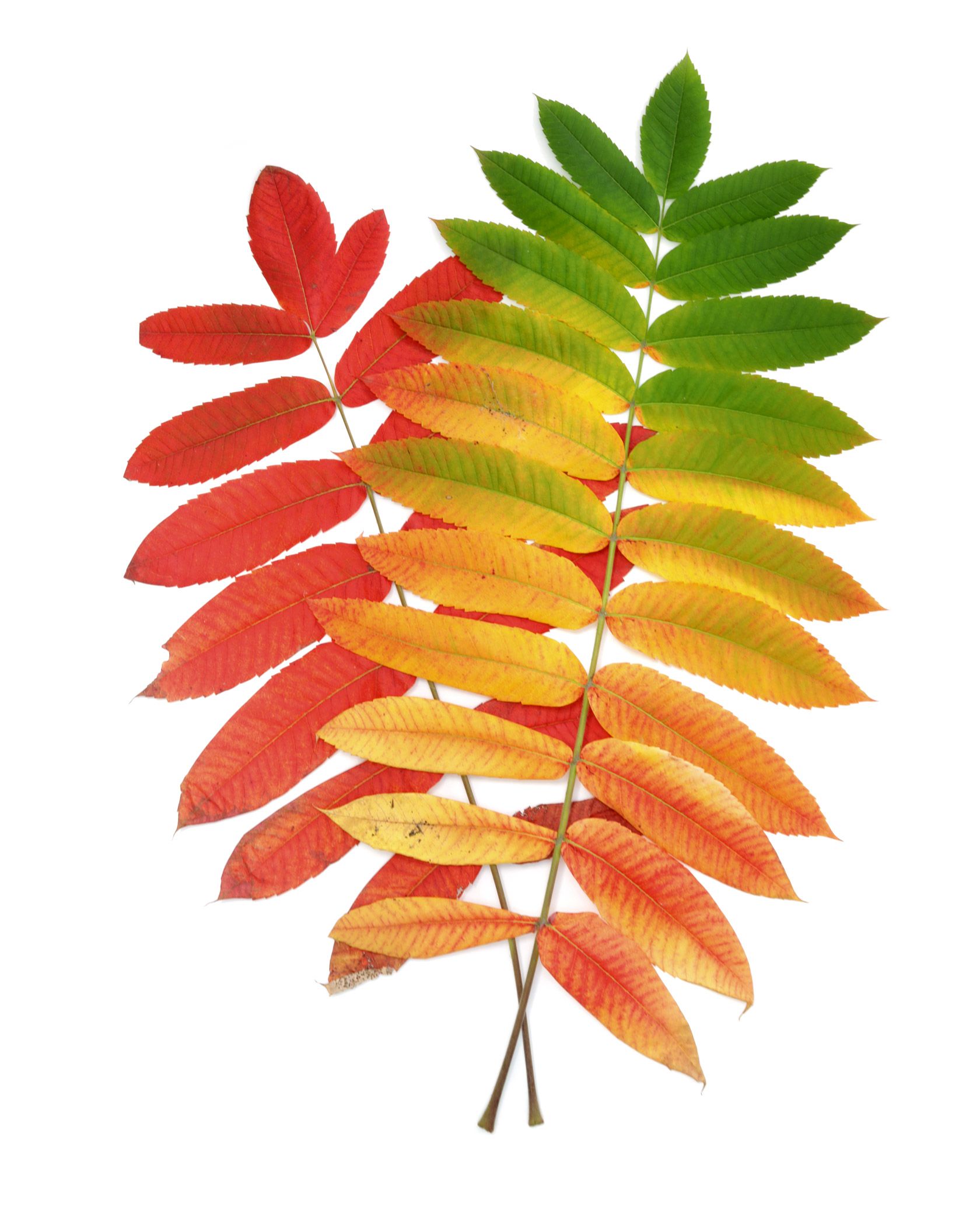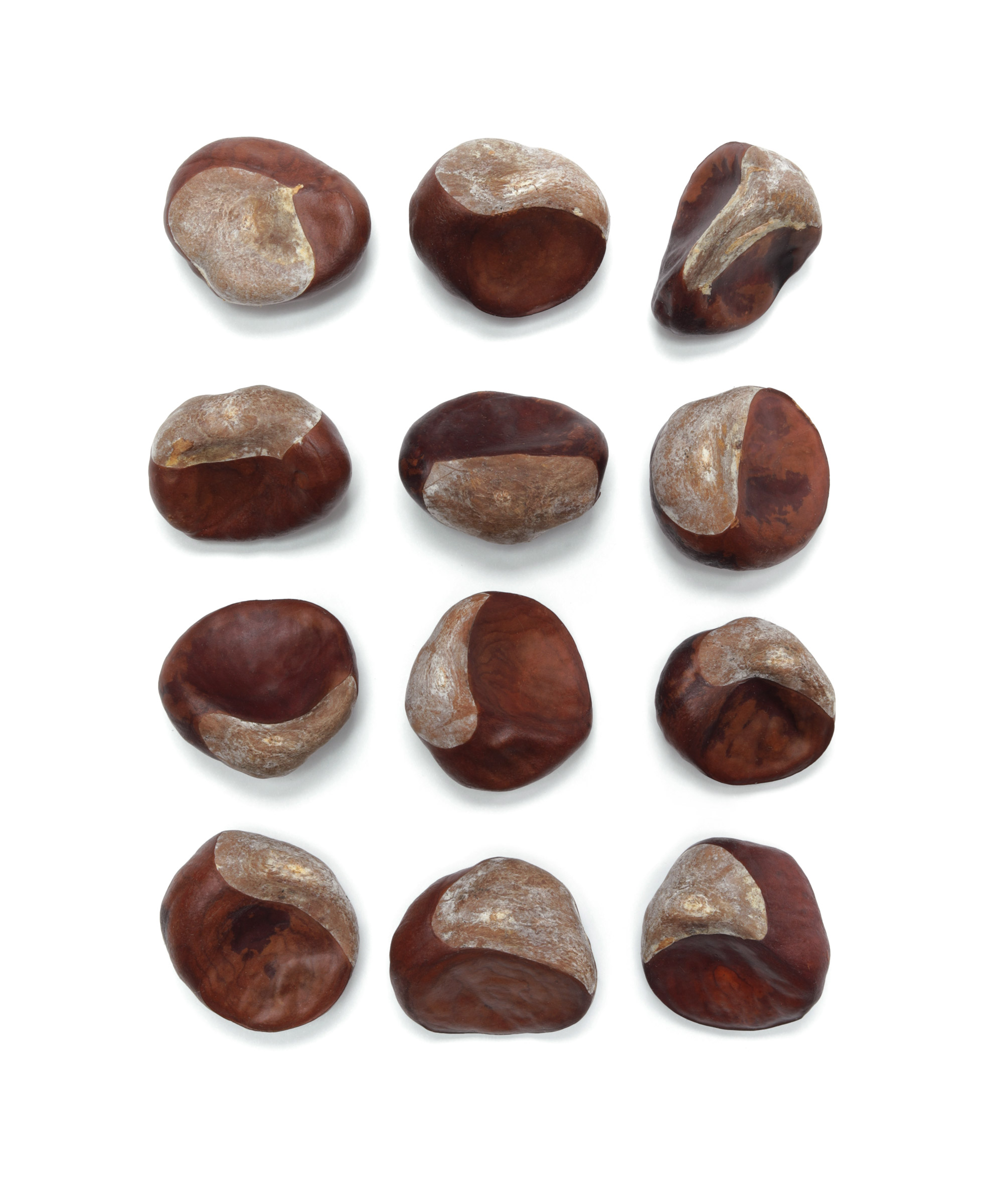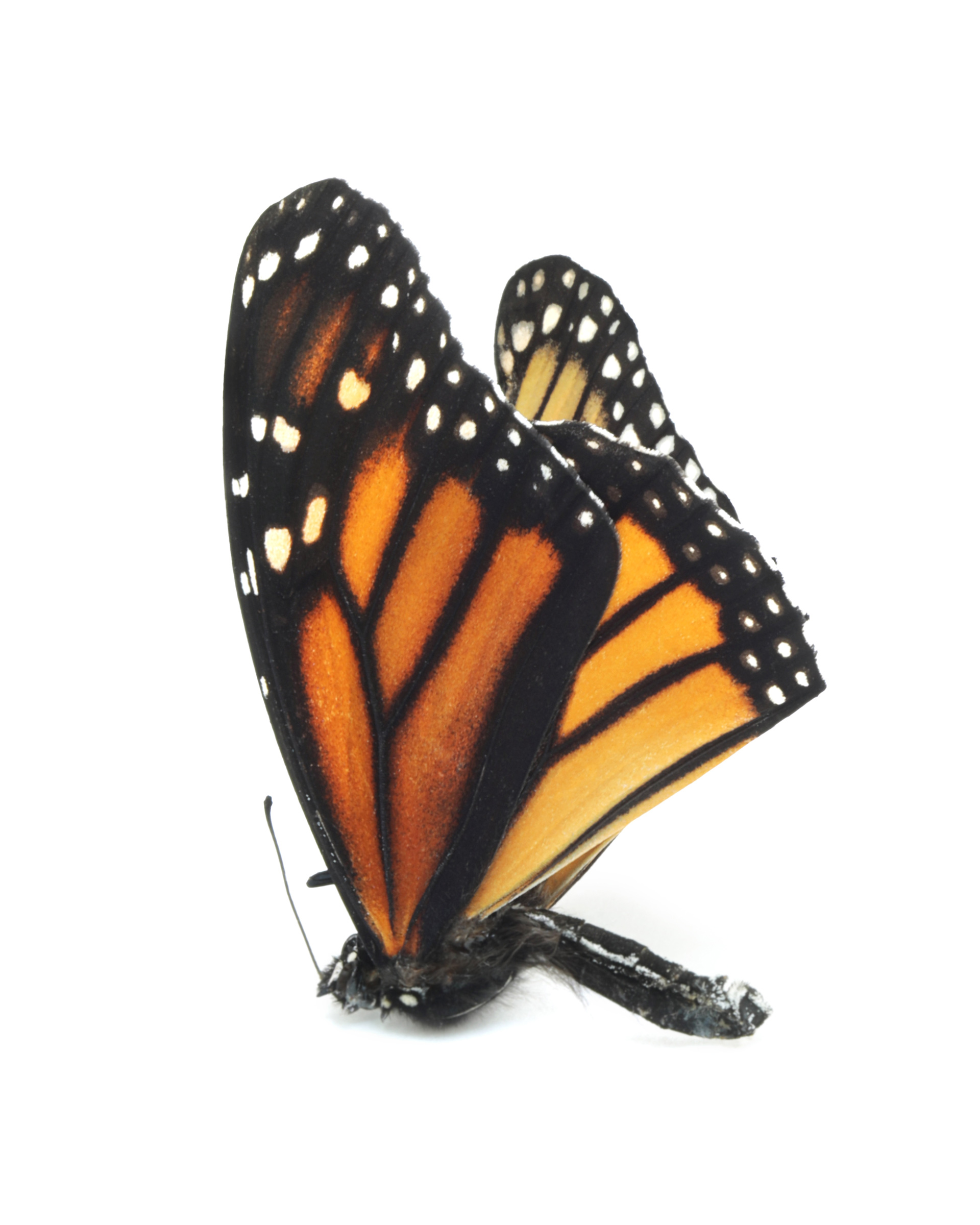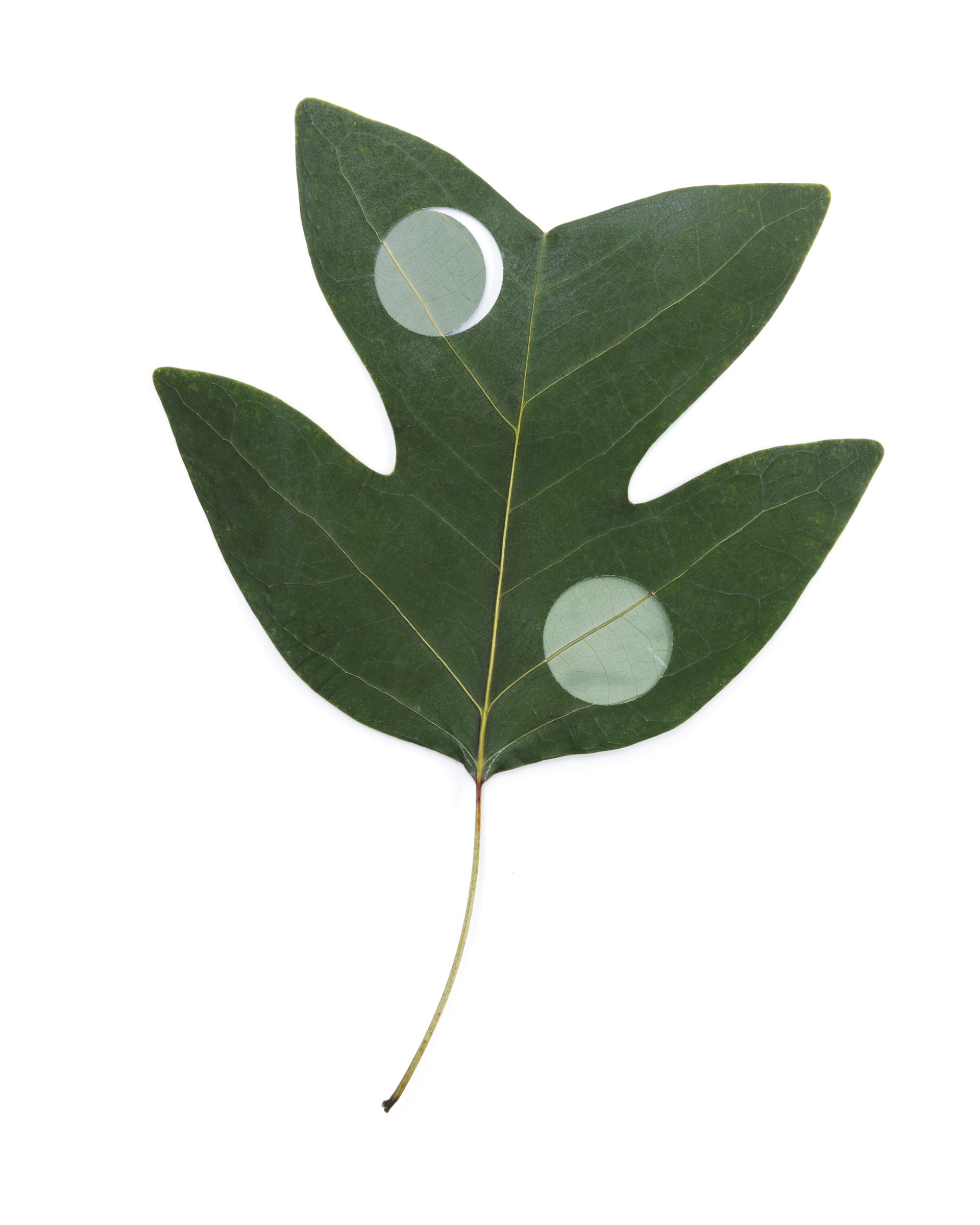
An update from me: First, everyone is safe. On October 4th, 2024, Steve and I experienced an extensive house fire that destroyed our family home. We are dazed and very sad, with a very long road ahead of us. Our home was quirky and spare and had begun to show its age, but it fit us and our unusual professional-creative lives well, and was the place both of our children will always think of as “home.” There is good news amid the bad. Nobody was hurt, including our dog who was in the house when the fire started. We have found a stable living situation for the year or more it will likely take us to rebuild. There is really nothing anyone can do to help right now, and in the midst of this minor tragedy we remain acutely aware of greater tragedies all around us, and of people in greater need than we. The most clarifying outcome of this has been a reminder we didn’t really need—that our family, our respective food and creative communities, and a few close friendships, are what sustain us and keep our wells filled and our souls intact.
As many of you here know, I also have an 88 year old Mom who is requiring significant attention. As a result, my plate has officially runneth over. The chain has been broken, and I will be taking a break from STILL for the near-term. All my camera equipment was destroyed in the fire, along with all my nature collections. The interesting thing is that I already miss my daily practice and I sense it would be a very healing ritual right now. As gutted and dazed as I am, I am still noticing little moments of beauty every day and thinking to myself “oh, that would be perfect for STILL”. I plan to come back to STILL, switching back to a black background when I do (that was planned prior to the fire :-). I hope to resume STILL no later than January 1, 2025. But it could be sooner once we get ourselves–and my mom–settled into new homes.
In the meantime, thank you all for being part of a web of healing connections that is both virtual and very real. Much love. Mary Jo

never fail sumac
It’s shaping up to be a weird year for fall colors here in the Twin Cities. Unusually warm days have thrown the trees into confusion. Most of the leaves are still green, and many may fall from the trees without really turning color this year. But old-reliable sumac is here for us. These citrusy colors look unnatural here in the North. And not all sumacs do this green-to-yellow-to-orange-to-raspberry-red display–most just skip the middle steps an go straight to red. I’ve been eyeing this patch of sumac for a week, hoping I could find the time to snag a branchlet or two before they all turn red. Today I made the time. And I am glad I did, it may be our best fall color display of the season.
staghorn sumac (Rhus typhina)
-
I love Sumac.
reply -
Simply breathtaking, MJ!! The heat stressed summer here has a lot of leaves falling without turning. :(
reply -
What is wrong with your site? I haven’t received a new posting in a couple of days.
reply -
I really hope that you and yours are o.k., Mary Jo. I know you’ve always bent over backwards to make sure you’ve posted one of your steller photos for each day, so this absence is very worrying. But take the time you need.
reply -
Ditto to Dianne’s message
reply -
I, too, have been concerned. Sending STILL thoughts.
reply -
My heart breaks for you all , so happy that no one was hurt.
reply -
Will you please share with us, Carol?
reply -
Not sure what’s happened but keeping you in my thoughts and hoping all will be well.
reply -
I have just found your site and love your work. I am so sorry to hear about the fire but glad all are safe. I will continue to follow. I am a developing watercolor artist and also look to the little sites in the world around us. Wishing you all well and easy rebuild.
reply

You say buckeye, I say conker
Loving the abstract patterns that the whitish scars leave behind on these horse chestnut conkers. They are like finding striped rocks at the beach–you can’t help but pick them up and slipping them into your pocket. I picked these up while I was in Seattle. The common name horse chestnut originates from the similarity of the tree’s leaves and fruits to sweet chestnuts–to which it is not related–together with the alleged observation that the fruit or seeds could help panting or coughing horses. It is sometimes known as buckeye, for the resemblance of the seed to a deer’s eye. Conker. Chestnut. Buckeye. Call it whatever you want. But always pick them up and squirrel them away in a jacket pocket to remind you later where you were when you found it. Especially if you are traveling.
horse-chestnuts (Aesculus hippocastanum)
-
Just like families – the same, but all different
reply -
Thanks, Mary Jo. Reminds me of being home in Ohio in the fall. :-)
reply -
Ditto what Dianne wrote
reply

grace
Found this garnet jewel in the driveway this morning. One wing was torn, and the abdomen damaged. Which suggests an encounter with a bird. But only a few species of birds eat monarchs because they store toxins from milkweed plants, and thus become toxic to most predators. It could have been pathogens. Or even simply cold nights. Or, simply old age. Godspeed madame monarch.
A few facts from Wiki:
Monarchs transition from eggs to adults during warm summer temperatures in as little as 25 days, extending to as many as seven weeks during cool spring conditions. Adults typically live for 2–5 weeks during their breeding season. In North America, monarchs migrate both north and south on an annual basis, making long-distance journeys that are fraught with risks. This is a multi-generational migration, with individual monarchs only making part of the full journey.
female monarch butterfly (Danaus plexippus)
-
Just like family members – the same, but different
reply

new-to-STILL
Another new-to-STILL subject: tulip poplar. I picked these leaves up last week in Seattle and stuck them between the pages of one of Steve’s books. It’s a fun new leaf shape for me! I’ve been doing some research to see if tulip polar grows in Minnesota. It is native to much of the eastern US, including Michigan and Vermont, but weirdly not Minnesota. Tulip poplars, I have learned, are technically hardy in MN but do not do well in harsh northern winters. There is supposedly one example of a tulip poplar tree somewhere on the University of Minnesota campus. I love learning these fun facts about my bioregion. I tell you, pick up a leaf, any leaf and spend just 5 minutes researching it: ID it using the Seek App, find out if it’s native, introduced, ornamental, or invasive? what’s it’s range? does it have any medicinal or nutritional uses? what animals rely on it? What doess the plant look like in each season? Google informs me these tulip poplar leaves turn yellow in autumn. I would have like to have seen that.
tulip poplar leaves (Liriodendron tulipifera)
-
Wait until May 2025 and you see their flowers – if you time your travels well
reply



What a gracious way to see your situation, Mary Jo. I’m so glad you’re all safe. I did think of your collections and your camera equipment but you’ll rebuild and recollect. And enrich our days again when you’re ready. All the best with your mum.
I wish I could hug you and send you feathers and lichen and shells this minute. I’m so glad you’re all well. Take care. We’ll be here when you return.
Mary Jo (and family). I am a one of your innumerable kindred wanderers. Your photos speak to my soul. My heart is heavy for all that you’ve lost. Your book is e even more precious to me now if that’s possible. I just bought another one to share and as a tiny way of showing you that you are not alone. You continue to inspire. Sending loving kindness your way everyday.
Oh my goodness, I am so sorry for your loss and the stress you are currently under. Happy to hear all are safe. Of course, a creative person would see the beauty in the loss and chaos. You are such an inspiration! Sending healing vibes your way and as others have said, I’ll be waiting…
Long time follower of your work, and heartbroken for you to lose your family home as well as your cameras and materials. Glad everyone is ok, and that you are taking time to get settled before beginning again. Your creativity is at work even during this period of “rest”!
Good Morning to you and your family and I am so sorry for your monumental loss of Home. Glad you are all safe.
Let the healing process work in its own time. Stop, Breathe, Be Still and take care of each other as you know is most important.
When you feel you are ready, get back to why the Still Blog gave you Joy and why you started it. Still go for that walk with your pup everyday in nature, pick up what intrigues you, take those pictures, post those pictures on your blog – that gives people Joy, Makes them smile and wonder. Know this and let it help you in this difficult time. All the other things will take care of themselves in time. Rest.
My heart is aching for you and your family, Mary Jo! So thankful you are all safe, including Jack. We never know what life will throw at us next, but I feel certain you’ll handle this with grace and wisdom. Thank you for what you bring to the world via STILL.
Black background next year, huh? Well, ok, if you must :)
I’m sorta curious about what prompted that artistic decision.
Sending love and big hugs your way. Hope you have a new camera and some woods to wander with Jack soon. Your following misses you and the peace & beauty you share.
XOXO, Ginny
Such heartbreaking news, Mary Jo. Take all the time you need. We will all be here when you are ready to return and in the meantime sending you and Steve much love and big hugs
Sending you warm aloha in this time of loss and transition. So happy to hear that you and the family are safe. Take it slow and take your time. We’ll be here waiting patiently.
Since I am pretty new to this beautiful space, while you are gathering the pieces of your life together, I will be looking back through the all the pictures that I have yet to ponder and enjoy. Hoping each day you STILL find a little beauty to wander in. And thank you for sharing your gift. Wishing you much healing and love in the next few months.
Out of force of habit, I still click on STILL blog At the same time every morning. I am hoping that I have been living in a nightmare dream for a few days. My best love to you and your family and your doggie.
Mary Jo – I have quietly enjoyed your daily photos and blog for years. In fact, your work gave me confirmation that photographing nature on a simple white background can be art and appreciated by many people. I thank you for that. I’m so sorry to hear about the loss of your house and belongings — you’ve been in my thoughts. All the best to you and your family. Take your time. We’ll be here when you’re ready to return.
https://pastebin.com/u/roscarpodgoricacom